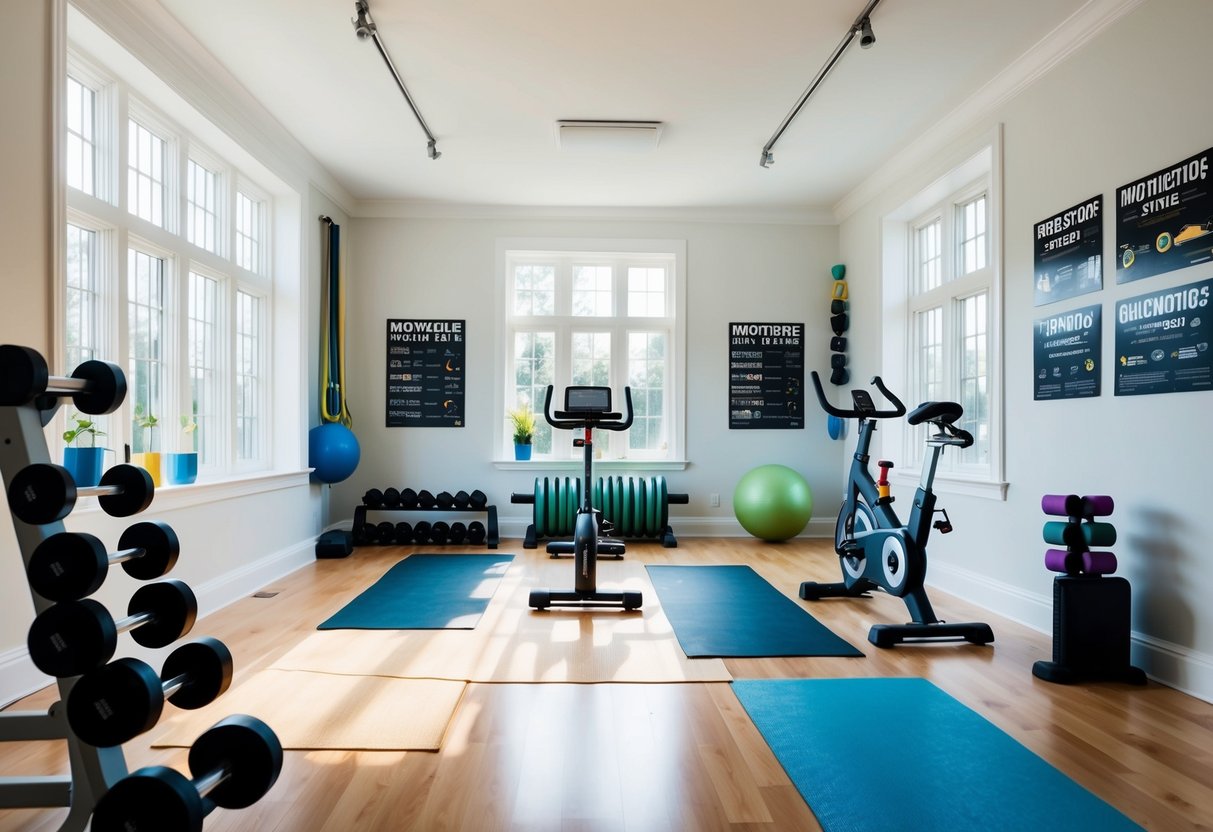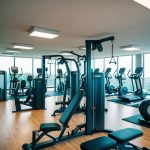
Designing Your Workout Structure
Creating a well-structured workout routine involves deciding on factors like the workout split and training frequency. These elements determine how exercises are distributed throughout the week to achieve the best results.
Selecting the Right Workout Split
Choosing an appropriate workout split is essential. It dictates how one targets various muscle groups across the week. Popular splits include full-body sessions, upper/lower body splits, and push/pull/legs routines. Full-body workouts can be efficient for those with less time, engaging all major muscle groups in each session.
Upper/lower splits involve alternating between upper and lower body workouts, typically across four days. This allows for adequate rest and recovery. Push/pull/legs, on the other hand, divides workouts into pushing exercises like bench presses, pulling movements like rows, and leg exercises. Each has its advantages based on individual goals and time availability. Flexibility in the workout split caters to both beginner and advanced fitness levels. It’s crucial to align the split with personal preferences and lifestyle for consistency.
Optimizing Training Frequency
Training frequency refers to how often an individual exercises or targets specific muscle groups. It’s vital to strike a balance to ensure progress while preventing overtraining. For strength gains, training each muscle group twice a week can be beneficial. This approach allows adequate stimulation while providing rest days for recovery.
Beginners might find success with three weekly sessions, allowing ample time for adaptation and recovery. More experienced trainers could aim for five sessions, ensuring to manage training volume and intensity appropriately. A well-planned weekly workout schedule that incorporates rest days plays a critical role in optimizing training frequency. Adjusting the frequency based on progress and physical demands can lead to effective and sustainable results.
Exercise Selection Strategies
Choosing the right exercises for your home workout program can significantly impact your results. The focus should be on including effective movements that enhance strength, stability, and flexibility while catering to your fitness goals.
Incorporating Compound Movements
Compound movements engage multiple muscle groups and joints, making them an essential component of any fitness routine. Exercises like squats, deadlifts, bench presses, and overhead presses are key in building overall strength and efficiency. These exercises not only increase muscle mass but also elevate heart rate, providing a cardiovascular boost.
In a home workout setting, compound exercises maximize efficiency, allowing for a full-body workout in less time. They also mimic natural body movements, improving functional strength for daily activities. Proper form is crucial to gaining the most benefit and preventing injury, so attention to technique is essential.
Utilizing Accessory Exercises
Accessory exercises target specific muscles to complement the main compound movements. These exercises, like bicep curls, tricep extensions, and calf raises, help address weaknesses and imbalances. By focusing on these smaller muscles, accessory exercises enhance muscle symmetry and improve overall workout performance.
Adding accessory exercises provides variety and helps prevent plateaus in strength development. In a home workout context, utilizing resistance bands, dumbbells, or even bodyweight can optimize your routine. Regularly rotating accessory exercises maintains engagement and continues to challenge the body, leading to balanced development and reduced risk of injury.



